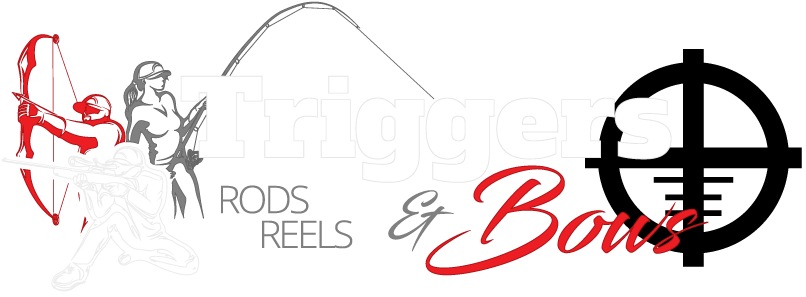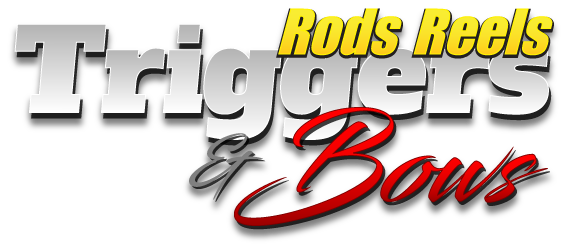Deer Food Plot Basics
Food plots are normally divided into two categories: kill plots and feeding plots.
We’re here to help you decide what options are best for you and your land.
How big should my food plot be?
The size of your plots will be determined by several factors: The amount of land available, the type of terrain outside the boundaries of your property, the number of deer likely to be drawn to the food plot, and the purpose of your plot.
Kill plots are normally smaller than feeding plots as they will be expected to sustain the deer for shorter periods of time. In a kill plot, all areas must be visible from a single point. Feeding plots are liable to see heavier use and therefore should be larger. Kill plots are normally no larger than 1/10
th of an acre.
If you have enough space, it is recommended to create multiple plots. This gives the deer more options and will entice them to remain near your land.
The minimum size for a feeding plot should be ¼ acre and it is recommended that between 5-10% of your hunting land should be converted into feeding plots to provide enough forage for deer year-round. Many spring and summer seed mixes contain perennial seeds that may regrow on their own in subsequent years.
A useful tip is to use isolation cages to keep a small section of your plot as a control. This will let you check how quickly the deer are grazing down the plants vs. how quickly the plants are growing. If your deer are eating up your food plots too quickly, you may need more or larger plots to keep up with your deer population!
Why is a soil sample test so important?
To maximize your chance of luring in deer, it is important to grow a good crop. Acids in the soil can rob growing plants of precious nutrients. This leaves you with a subpar offering for wandering deer. There are a variety of Soil PH Testers available on the market to choose from or you can send a sample away to a
laboratory for testing. If your PH is low (acidic), then your best option is to sow the ground with lime as early in the spring as possible. It takes time for the lime to balance out the PH of the surrounding soil. If your PH is too high (alkaline), then you can mix granular sulphur into your food plot to help balance out the soil. Like the lime, this also takes time to balance.

When should you fertilize?
The best time to fertilize the ground is just before you plant. Spread your fertilizer and then till it to mix the fertilizer with the topsoil. Smooth the surface and then spread your seed. You may need to cover some seeds with soil, so read the instructions carefully before you begin.
What is the best seed mix to grow?
When choosing a seed mix it is important to think of factors that will influence the deer and their feeding habits. You should consider things like growing time, growing season, and water requirements when picking a mix.
If you’re planting a feeding plot for your deer, you may need to rotate plots or replant several times throughout the year to keep your plot from being grazed out. If you have a large enough piece of property, kill plots should be timed to ensure that they are at their maximum growth in the fall during hunting season.
Different types of seeds will grow better at certain times of the year. It is important to make sure that your seed choice fits the season. This will help your plants withstand weather conditions like humid summer days or cool fall nights.

What layout should I choose for my food plot?
The layout you choose for your food plot will be determined by what type of plot you are creating. For a kill plot, space can be more limited. Since the kill plot will be grazed less heavily, it is normal for it to be a smaller plot. No matter the size of the layout, you should always have clear line of sight back to your firing position. This gives you a clean shot on any feeding deer. Many hunters chose to use a U or V shape with their kill plots. This allows them to sit in the center or on the point and their target always in sight.
If you’re looking to make a feeding plot for deer, you want them to feel safe and secure. The plot should provide them with plenty of nearby cover with lots of pockets of overgrowth and sheltered areas. Plant a larger area to accommodate grazing needs for the whole season. Line of sight is far less important as you should never directly harvest your feed plots. If you must harvest a deer from a food plot, it is better to make your shot before they arrive or after they have left the immediate area.

Mineral Stations
For those of us without large tracts of hunting land or the time to cultivate food plots, mineral stations provide another option to help the deer population. Spread around on the surface of the soil these products provide deer with valuable resources to help them grow. Of course, the addition of a mineral station to a feeding plot doesn’t hurt either! These mineral stations work great doing the warmer months of spring and summer while deer are recovering from the strain of winter.
Make ‘em Horny Seed Mix
Triggers and Bows sells Make ‘em Horny seed mixes. Make 'em Horny mixes were designed to get maximum growth from your food plot. This locally produced product categorizes their seed mix by planting season and denotes how much acreage each bag will cover. If you need more advice on creating your food plot,
come into the store. Many of our staff members maintain their own food plots and are happy to share their advice!








